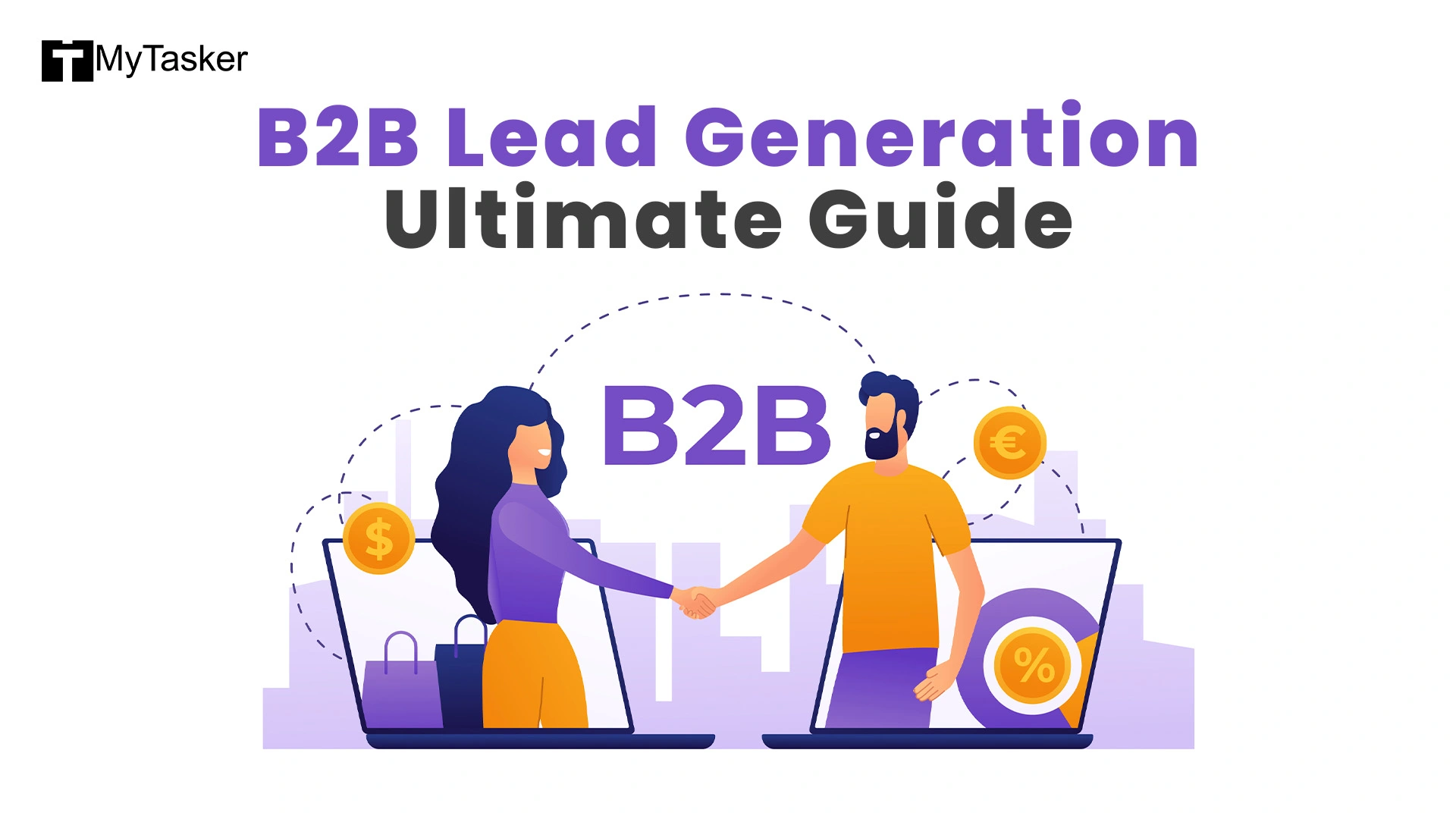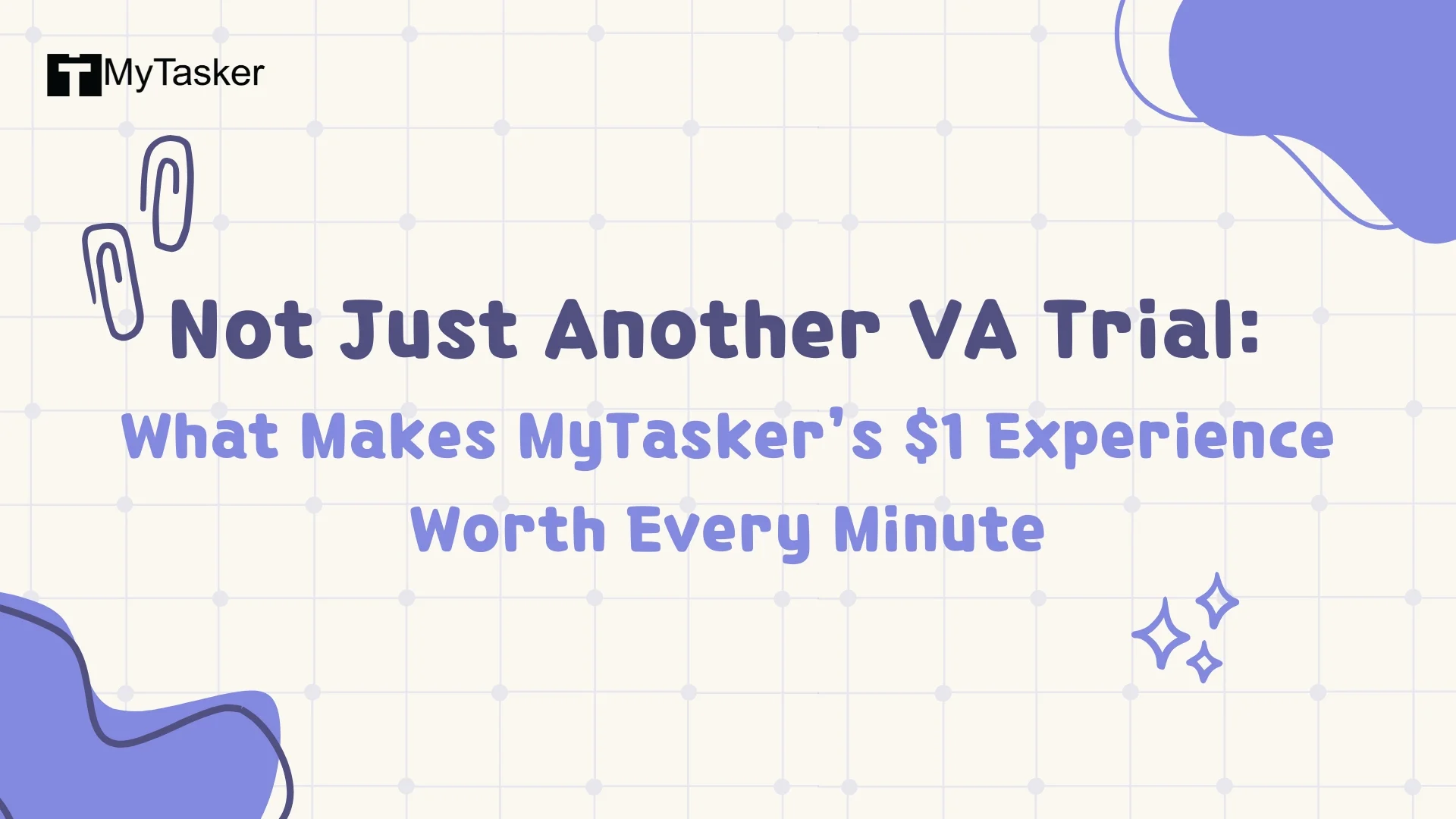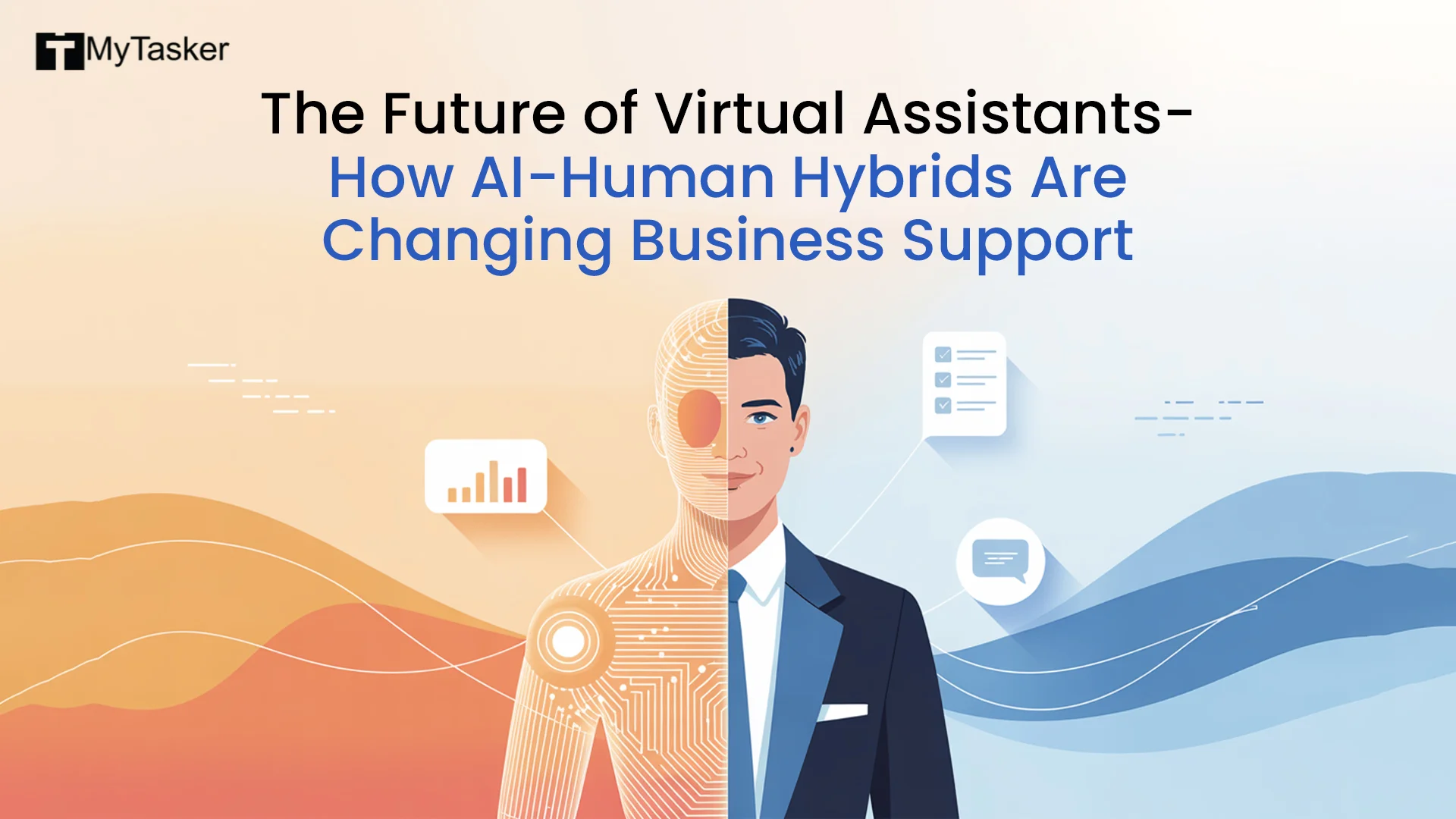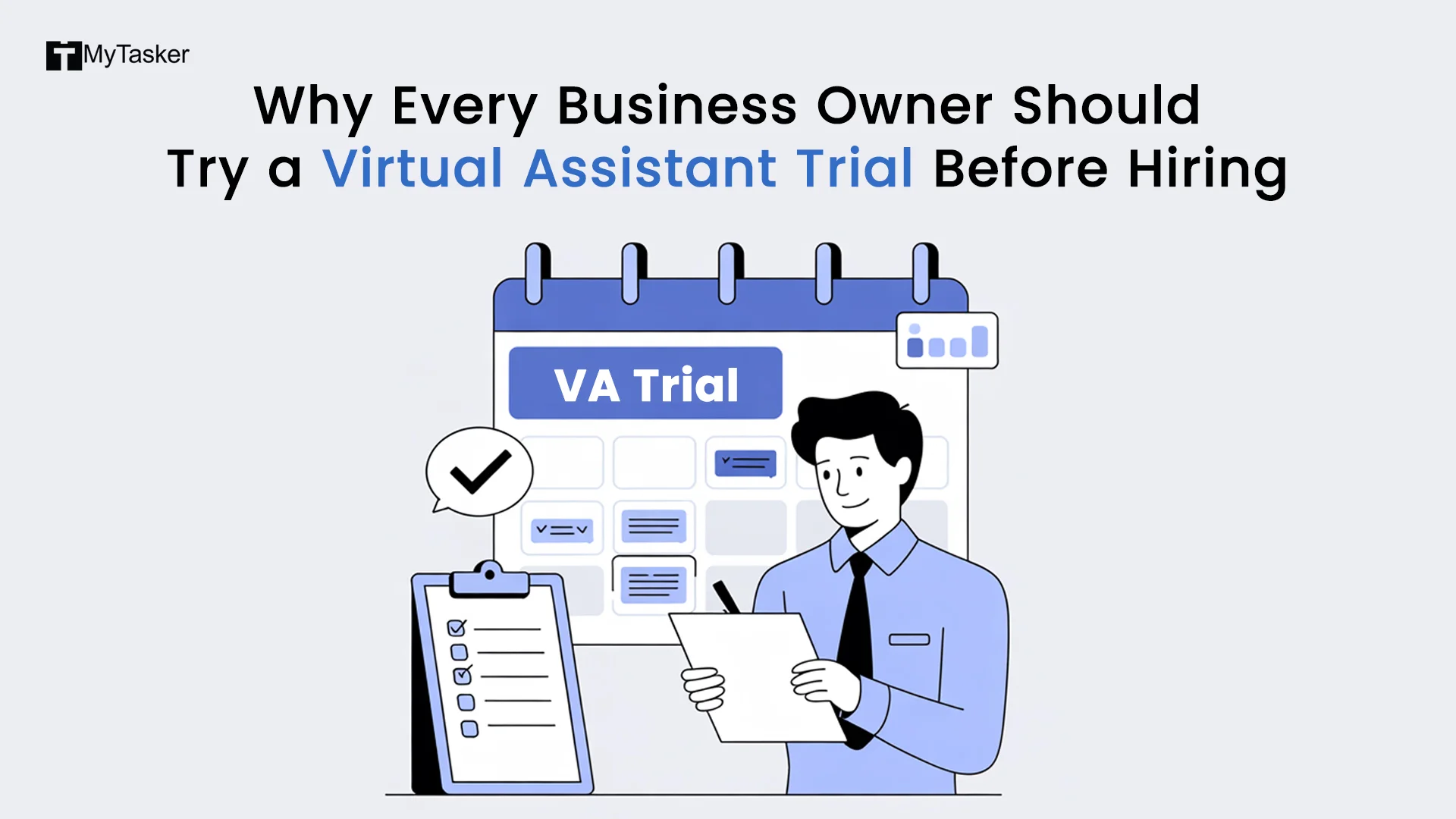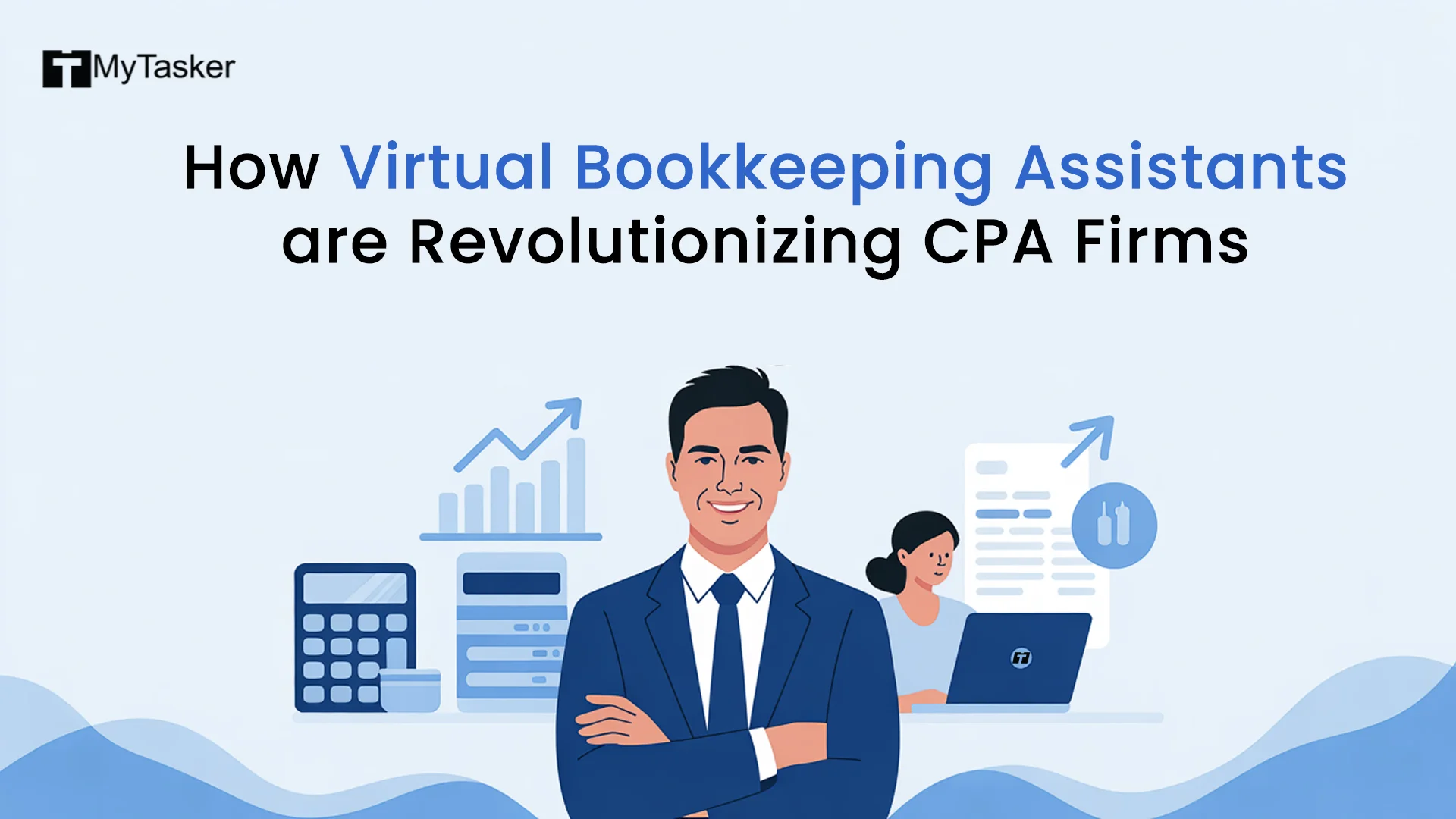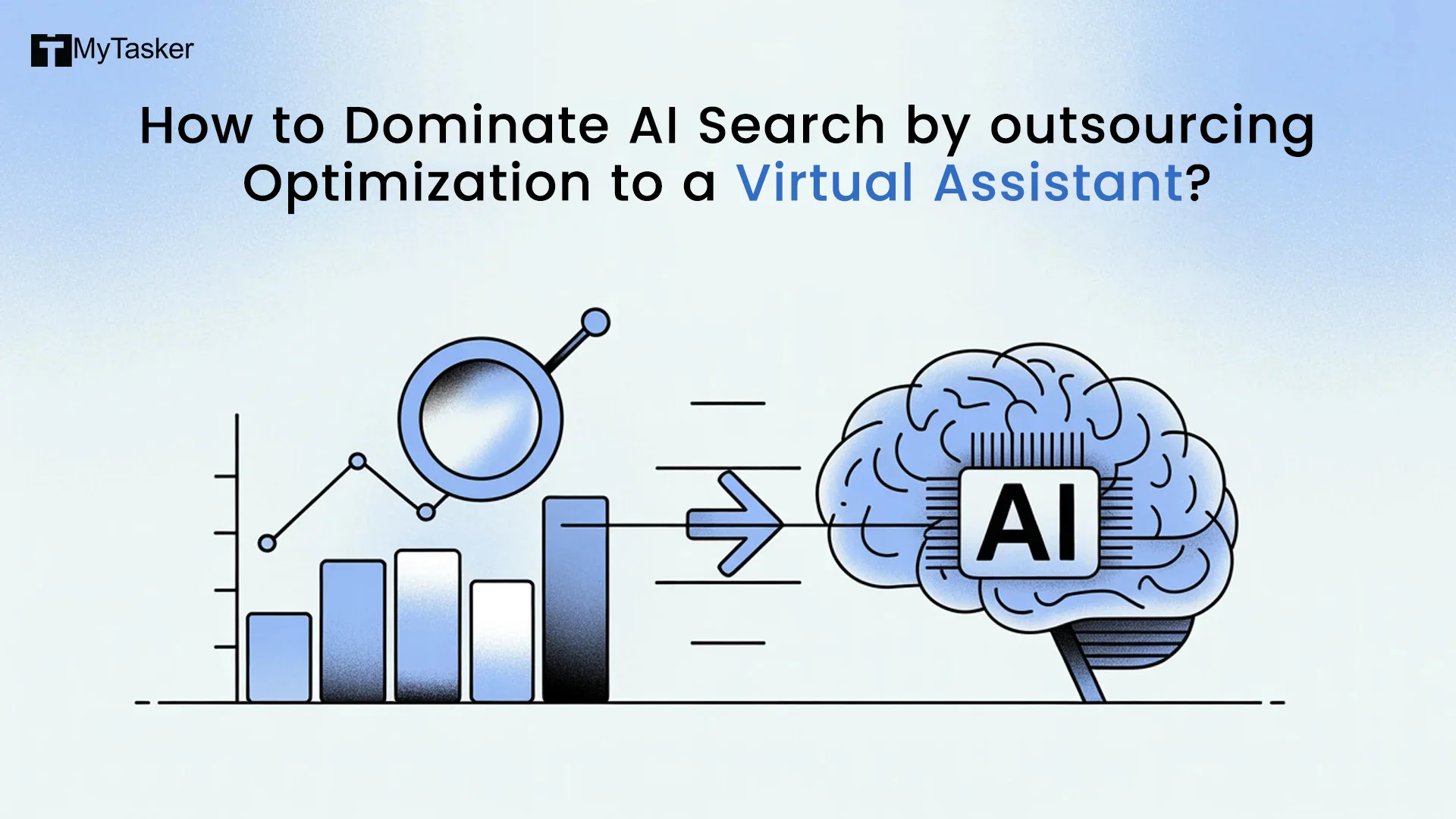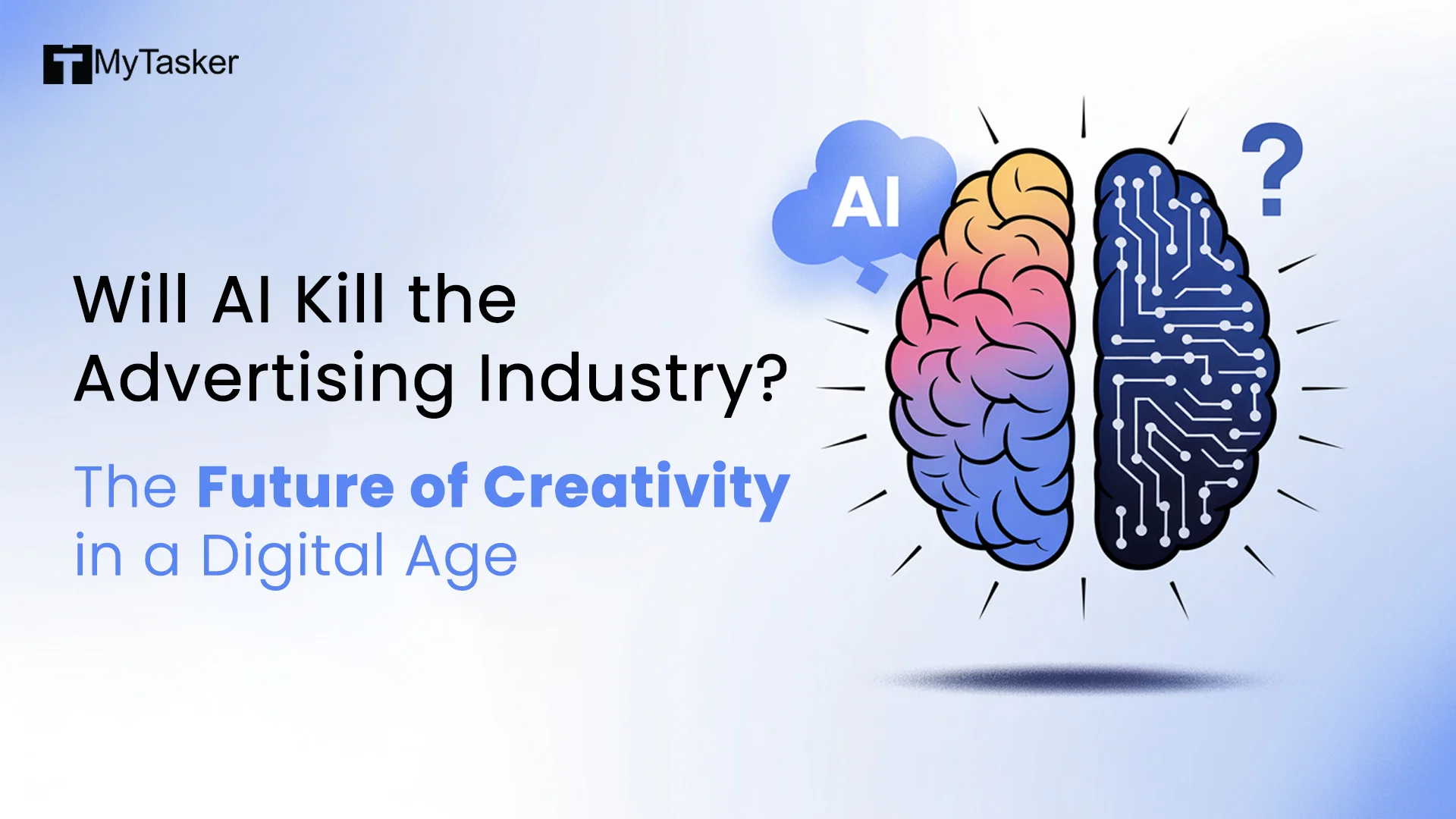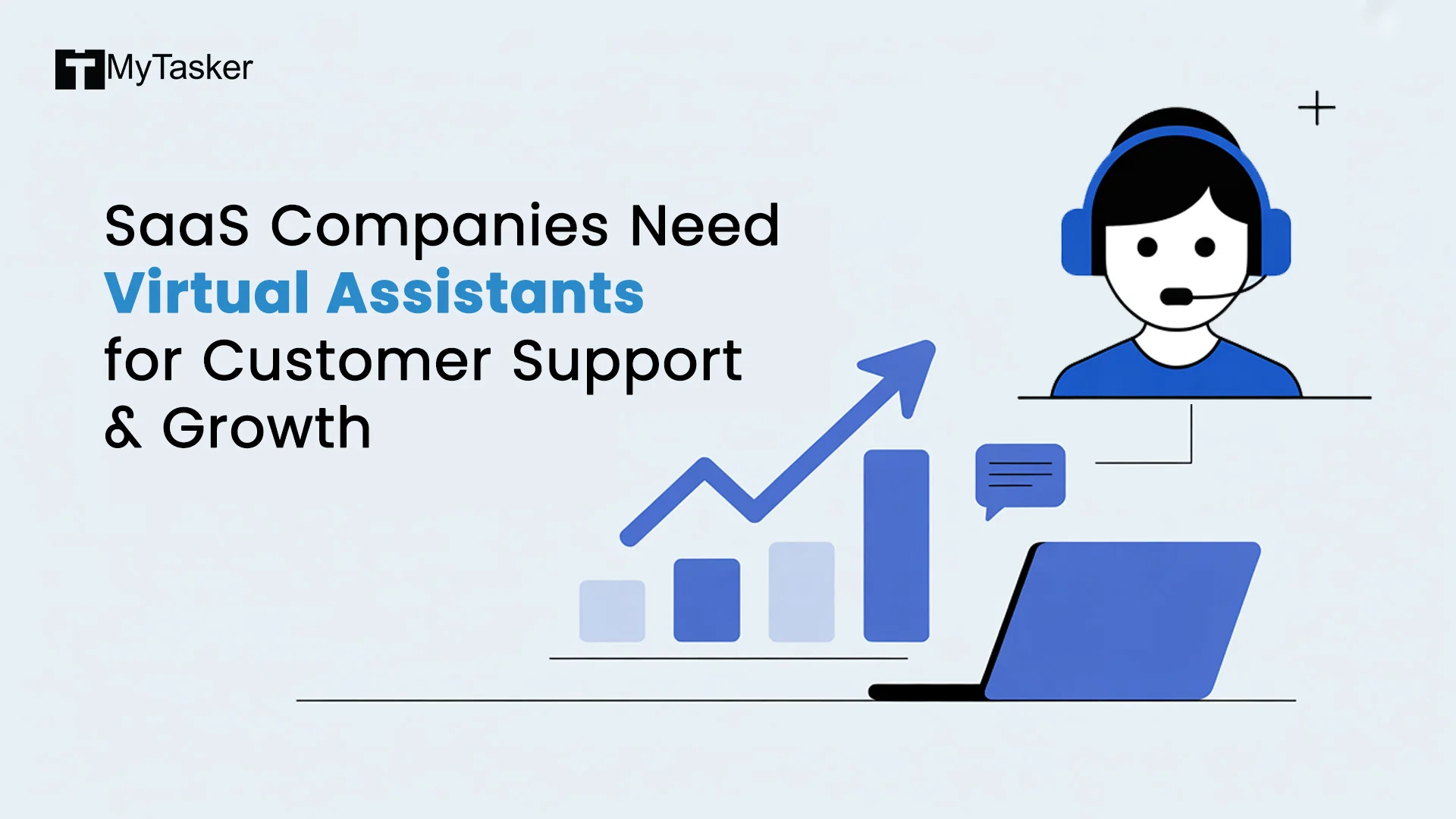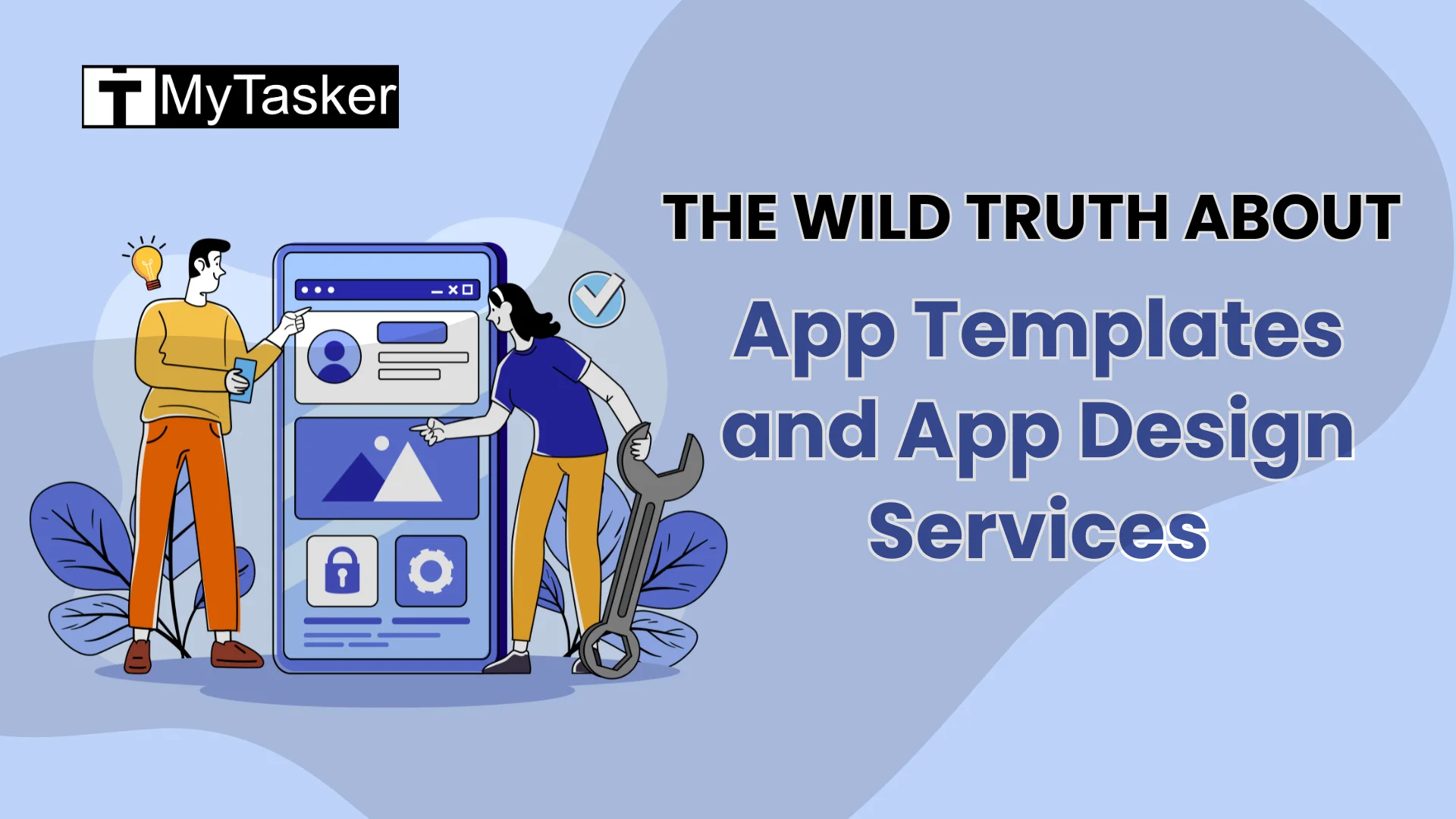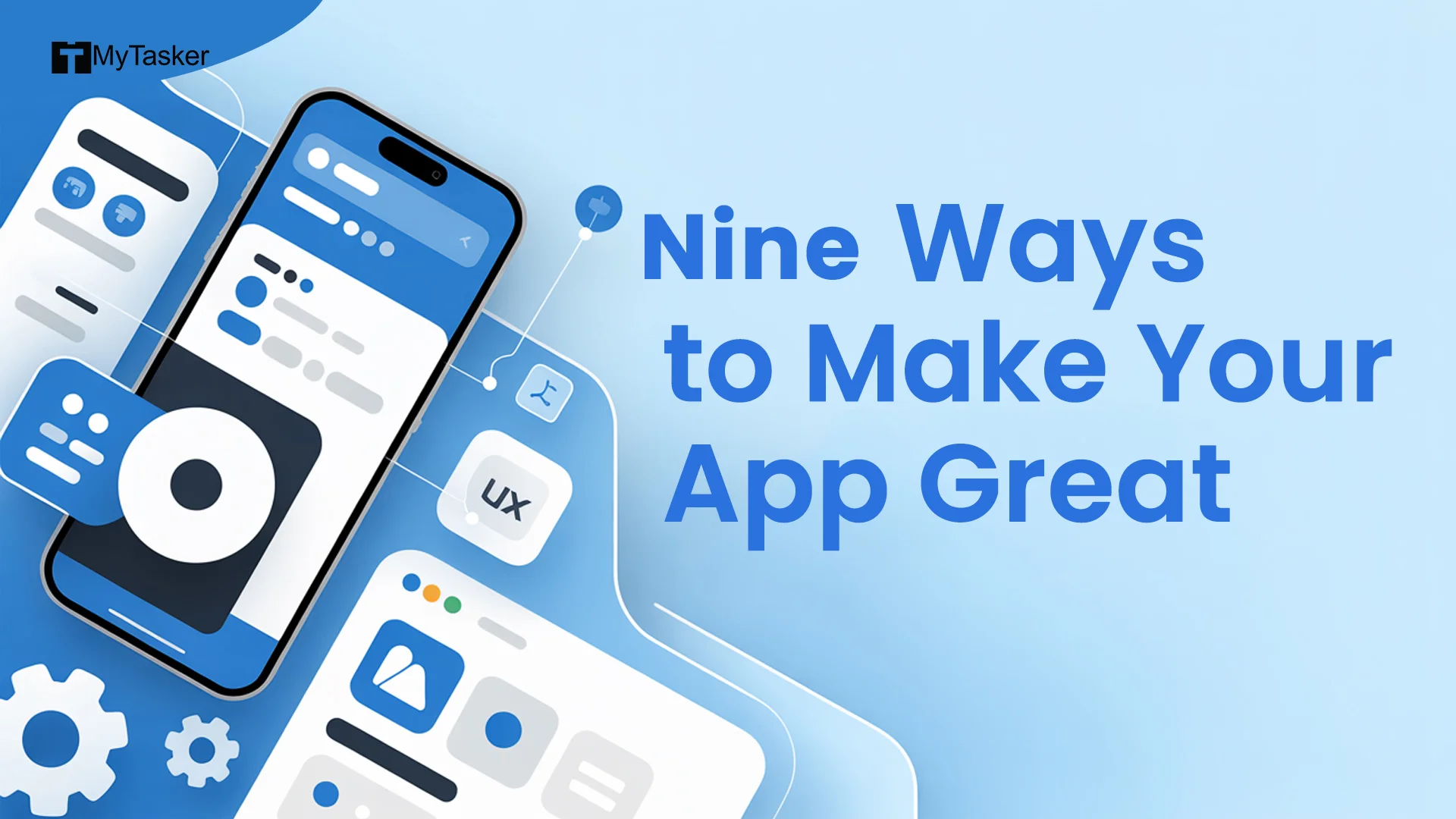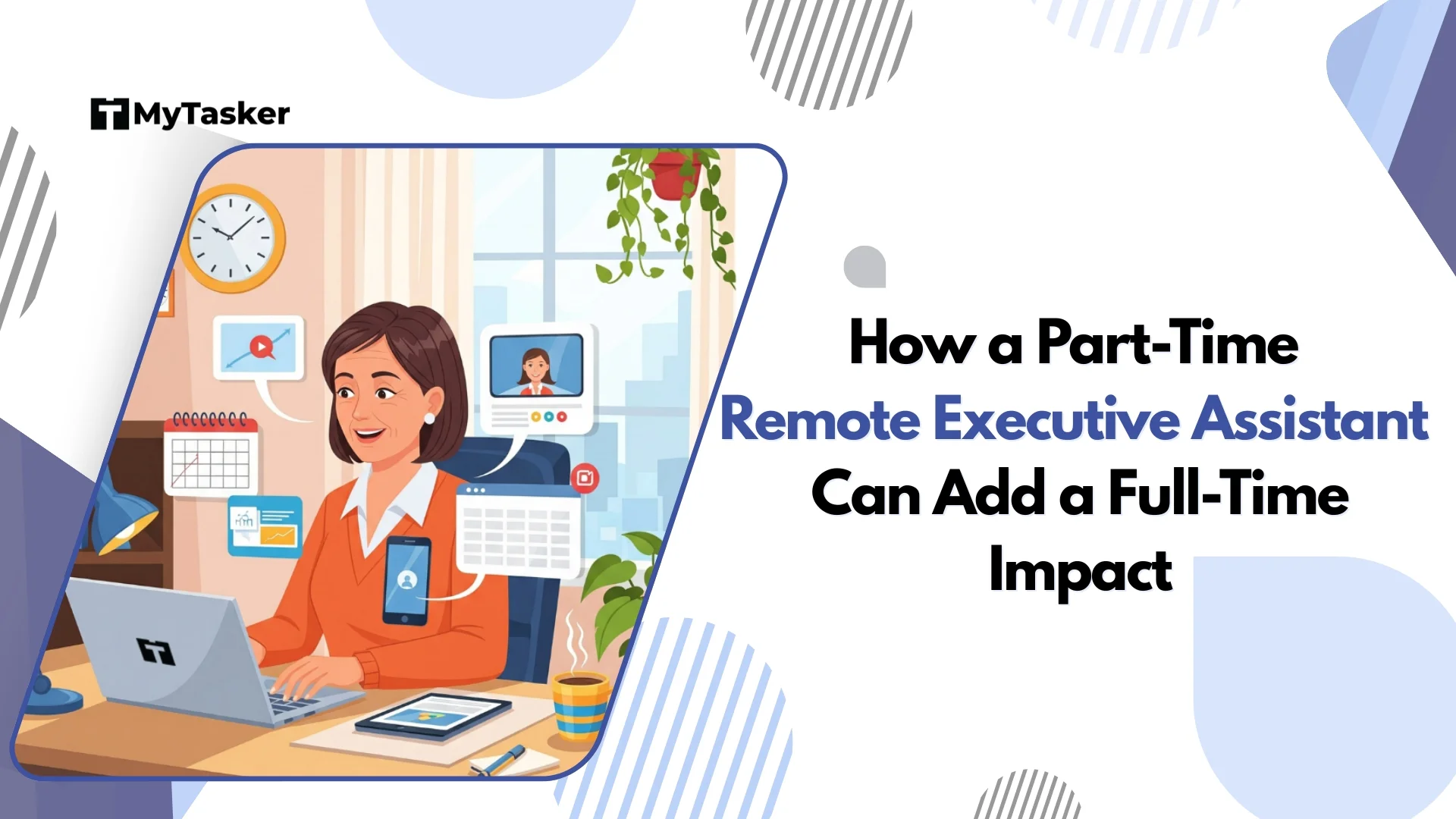Business-to-Business (B2B) lead generation is a cornerstone of modern digital marketing. This guide offers a comprehensive exploration of effective methodologies, tools, and best practices.
We cover inbound and outbound marketing, content marketing, SEO, social media, email outreach, and paid advertising.
Additionally, we highlight the role of data analytics, automation, and CRM in optimizing lead conversion. Backed by empirical research and industry insights, this guide helps businesses build sustainable and scalable lead generation strategies.
What is Business-to-Business (B2B)?
B2B lead generation is the process of identifying and nurturing business prospects into potential customers. Unlike B2C marketing, B2B emphasizes long-term partnerships, involves multiple decision-makers, and typically features higher-value transactions.
A strong lead generation strategy enhances sales efficiency, drives revenue growth, and supports business expansion.
Why is B2B Lead Generation Important?
B2B lead generation is important because it helps businesses attract potential clients who are interested in their services or products. Effective lead generation results in:
-
Increased sales opportunities
-
Higher conversion rates
-
Sustainable business growth
-
Better return on investment (ROI) for marketing efforts
The Difference Between B2B and B2C
What is B2B?
-
B2B (Business-to-Business) refers to transactions between businesses.
-
Examples include wholesalers selling to retailers or software companies providing enterprise solutions.
-
Typically involves longer sales cycles and higher transaction values.
What is B2C?
-
B2C (Business-to-Consumer) refers to transactions between businesses and individual consumers.
-
Examples include online retail stores selling products directly to consumers.
-
Sales cycles are usually shorter, and marketing focuses on emotional appeal.
Key Differences Between B2B and B2C
1. Target Audience
-
B2B: Businesses and professionals.
-
B2C: Individual consumers.
2. Sales Process
-
B2B: Longer decision-making process, multiple stakeholders involved.
-
B2C: Shorter and often impulse-driven purchases.
3. Marketing Strategies
-
B2B: Focus on relationships, detailed content, and ROI-driven strategies.
-
B2C: Emotional appeal, social media, and influencer marketing.
4. Customer Relationships
-
B2B: Emphasizes long-term partnerships and repeat business.
-
B2C: Focuses on customer experience and brand loyalty.
Understanding the difference between B2B and B2C helps businesses tailor their marketing, sales, and customer service approaches to their specific audience.
B2B Lead Generation Strategies
Inbound Marketing
Inbound marketing attracts leads through value-driven content, not direct outreach. Components include:
-
Content Marketing: Blogs, whitepapers, case studies to establish authority.
-
SEO: Web content to rank higher and get organic traffic.
-
Webinars & Podcasts: Educational sessions on industry trends.
-
Social Media Marketing: Share valuable content on LinkedIn, Twitter etc to connect with leads.
Outbound Marketing
Outbound marketing involves direct outreach to leads through:
-
Cold Calling & Email Outreach: Personalized communication to prospects.
-
LinkedIn Networking & Social Selling: Connect with decision makers through professional networks.
-
Pay-Per-Click (PPC) Advertising: Google Ads, LinkedIn Ads, retargeting campaigns to drive traffic and conversions.
Account-Based Marketing (ABM)
ABM is targeted marketing to high value accounts with personalized messaging. Tactics include:
-
Identify key decision makers and stakeholders.
-
Customize marketing to address specific pain points.
-
Coordinate sales and marketing teams for personalized outreach.
Email Marketing & Automation
Email is still a powerful tool for B2B lead nurturing:
-
Drip Campaigns: Automated email sequences to educate prospects.
-
Personalization & Segmentation: Tailor emails based on industry, job role, behavior.
-
Lead Scoring: Prioritize leads based on engagement.
Tools & Technologies for B2B Lead Generation
CRM & Lead Management
CRM tools to track and convert leads:
-
Salesforce – Full CRM to manage customer interactions.
-
HubSpot – All in one inbound marketing and CRM.
-
Zoho CRM – Affordable CRM with automation.
Marketing Automation
Automation platforms to enhance lead nurturing and engagement:
-
Marketo – B2B marketing automation and lead scoring.
-
Mailchimp – Email automation and audience segmentation.
-
ActiveCampaign – Personalized automation for email and CRM integration.
Data Analytics & AI
Data driven insights to target and convert:
-
Google Analytics – Track website traffic and lead sources.
-
Clearbit – Company intelligence for lead qualification.
-
Chatbots & AI Assistants – Automate lead interactions and qualification.
Measuring & Optimizing Lead Generation Performance
To ensure long-term success, businesses must track and optimize lead generation efforts. Key performance indicators (KPIs) include:
-
Lead Conversion Rate (LCR): Percentage of leads that convert into customers.
-
Cost Per Lead (CPL): The cost of acquiring each lead.
-
Customer Lifetime Value (CLV): Long-term revenue potential of a lead.
-
Return on Investment (ROI): Profitability of marketing campaigns.
Optimization strategies involve A/B testing, refining messaging, and enhancing user experience (UX) on websites and landing pages.
B2B lead generation is a dynamic and evolving process that requires a strategic mix of inbound, outbound, and data-driven marketing approaches.
Businesses that leverage advanced tools, optimize campaigns, and align sales and marketing teams will experience greater success in generating high-quality leads. Implementing a structured approach to lead nurturing and analytics-driven decision-making will drive long-term growth and competitive advantage.
Outbound Sales Lead generation B2b Saas
Outbound sales lead generation for B2B SaaS requires a smart approach to find, engage and convert high value prospects. Here’s a blueprint:
1. Define Ideal Customer Profile (ICP) & Buyer Personas
-
Identify industries and company sizes that your SaaS serves.
-
Identify key decision makers (CTOs, CFOs, CMOs etc.).
-
Think about the pain points your software solves.
2. Build a Targeted Prospect List
-
Use LinkedIn Sales Navigator, Apollo.io or ZoomInfo for data.
-
Scrape websites, job postings and directories.
-
Enrich leads with company revenue, tech stack and decision making authority.
3. Craft a Multi-Touch Outreach Strategy
-
Email Outreach: Personalized value driven emails with clear CTAs.
-
Cold Calling: Follow up emails with phone calls.
-
LinkedIn Networking: Connection requests + value driven messaging.
-
Retargeting Ads: Display ads for engaged prospects.
4. Implement Sales Engagement Sequences
-
6-8 touchpoints over 2-3 weeks.
-
Vary messaging: pain points, case studies, competitor gaps.
-
Automate sequences via Outreach.io, Salesloft or HubSpot.
5. Leverage Intent Data & Triggers
-
Track website visits with Clearbit Reveal.
-
Monitor job changes via LinkedIn Sales Navigator.
-
Engage with leads interacting with industry content.
6. Use AI & Automation for Efficiency
-
Chatbots for qualification.
-
AI driven email personalization (e.g. Lavender, ChatGPT).
-
CRM integrations for real-time data.
7. Book Meetings & Nurture Leads
-
Offer demos, free trials or case study discussions.
-
Use Calendly or Chili Piper for seamless scheduling.
-
Follow up consistently to move leads down the funnel.
8. Analyze & Optimize
-
Track email open/reply rates, call conversions and pipeline velocity.
-
A/B test subject lines, scripts and CTAs.
-
Refine targeting based on conversion data.
How to choose the best lead generation tool
Selecting the right lead generation platform depends on your budget and needs. Consider these key factors:
-
Database Accuracy & Size: Ensure the platform offers a large, reliable database.
-
Search Capability: Check how easily you can access relevant contact information.
-
Integrations: Verify compatibility with your existing marketing tools.
-
Pricing: Compare costs to match your budget.
-
Features: Assess platform-specific benefits for your business.
Explore free trials and demos to find the best fit. The right tool can connect you with the right audience and drive your business forward!
Is Cold Calling Effective for B2B?
Yes, cold calling can still be effective in B2B sales if done strategically. Key factors for success include:
-
Researching the target business before calling
-
Personalizing the pitch to address specific pain points
-
Following up consistently
-
Using a multi-channel approach (email, LinkedIn, etc.)
Cold calling is most effective when combined with other lead-generation techniques, such as email marketing and social selling.
What is B2B Sales?
B2B sales refer to transactions where one business sells products or services to another business. These sales typically involve longer sales cycles, higher order values, and multiple decision-makers. Common B2B sales models include:
-
Direct sales (one-on-one interactions)
-
Inside sales (virtual or phone-based)
-
Account-based selling (customized outreach to high-value accounts)
How to Get B2B Leads?
Effective strategies for generating B2B leads include:
-
Content Marketing: Publishing blogs, case studies, and whitepapers
-
SEO & SEM: Optimizing for search engines and running paid ads
-
LinkedIn Outreach: Connecting with prospects on LinkedIn
-
Email Marketing: Sending personalized emails
-
Cold Calling & Direct Outreach: Engaging with potential clients via phone
-
Webinars & Events: Hosting industry-specific discussions
How to Install BigCommerce B2B Edition in Acumatica?
Acumatica integrates seamlessly with BigCommerce B2B Edition, enabling real-time synchronization of products, inventory, orders, and customer data while automating order processing and financial management. It supports B2B-specific features like custom pricing, bulk ordering, and self-service portals, making it ideal for manufacturers, distributors, and B2B retailers.
Unlike NetSuite or Microsoft Dynamics, Acumatica offers flexible customization, no per-user fees, and a scalable cloud-based ERP solution.
Businesses benefit from automated workflows, tax compliance integration, and multi-warehouse inventory tracking, ensuring efficient operations and streamlined eCommerce management.
To install BigCommerce B2B Edition in Acumatica:
-
Log in to Acumatica.
-
Go to the Marketplace and search for "BigCommerce B2B Edition."
-
Download and install the connector.
-
Configure API keys for integration.
-
Sync product catalogs, customer data, and order processing.
-
Test the connection and ensure smooth data flow.
For more details, get in touch with them.
How to Set Up BigCommerce B2B Edition in Acumatica?
After installation, follow these steps to set up BigCommerce B2B Edition in Acumatica:
-
Connect BigCommerce API: Authenticate Acumatica with BigCommerce.
-
Import/Sync Data: Sync customers, pricing, inventory, and orders.
-
Set Up Pricing Rules: Configure tiered pricing and customer groups.
-
Customize Workflows: Automate order approvals, invoicing, and fulfillment.
-
Test & Optimize: Ensure all integrations work smoothly before going live.
How to Create a Winning B2B SEO Campaign?
A successful B2B SEO campaign involves:
-
Keyword Research: Target industry-specific, high-intent keywords.
-
Content Marketing: Publish blogs, case studies, and whitepapers.
-
On-Page SEO: Optimize meta titles, descriptions, and internal linking.
-
Technical SEO: Improve site speed, mobile-friendliness, and structured data.
-
Link Building: Acquire backlinks from industry-relevant websites.
-
Local SEO (if applicable): Optimize for Google My Business.
-
Tracking & Optimization: Use Google Analytics and Search Console for insights.
What Are Examples of B2B SaaS?
B2B SaaS (Software-as-a-Service) solutions help businesses streamline operations. Some examples include:
-
CRM Software: Salesforce, HubSpot
-
Marketing Automation: Marketo, Mailchimp
-
Project Management: Monday.com, Asana
-
Accounting & Finance: QuickBooks, FreshBooks
-
E-commerce Platforms: Shopify Plus, BigCommerce B2B Edition
-
Collaboration Tools: Slack, Microsoft Teams
These platforms provide cloud-based solutions tailored for business use.
Effective B2B Lead Generation Strategies
Content Marketing
Creating and sharing high-quality content is essential for establishing authority and expertise in your industry. Utilize blog posts, ebooks, and whitepapers to engage your target audience and provide valuable insights that address their pain points.
Social Media Marketing
Leverage social media to promote your brand, engage with diverse audiences, and generate leads. Participate in industry conversations, share valuable content, and use social media platforms strategically to drive engagement and conversions.
Email Marketing
Develop targeted email campaigns to nurture leads and guide them through the sales funnel. Personalize content based on audience preferences and provide valuable information that encourages potential customers to take action.
Search Engine Optimization (SEO)
Optimize your content with relevant keywords to enhance visibility in search engine results. A well-executed SEO strategy attracts organic traffic, increases website rankings, and drives quality leads to your business.
Paid Advertising
Invest in paid advertising platforms like Google Ads, Reddit Ads, and AdRoll to reach targeted audiences. Social media advertising, including Instagram Ads, YouTube Ads, and Meta Ads Manager, can also help generate high-quality leads by targeting specific demographics and locations.
Events and Webinars
Host virtual and in-person events to connect directly with potential clients. Share your expertise, answer questions, and engage with your audience to build strong relationships and generate leads.
Referral Marketing
Encourage satisfied customers to refer your services to their networks. Word-of-mouth recommendations and testimonials help build credibility and attract high-quality leads through trusted sources.
Challenges in B2B Lead Generation
Identifying the Right Leads
Use targeted research and data analytics to identify prospects that align with your ideal customer profile, ensuring your efforts focus on the most promising leads.
Cutting Through the Noise
Differentiate your brand from competitors with unique value propositions, compelling messaging, and innovative marketing strategies that capture attention.
Building Trust and Credibility
Establish trust by providing outstanding customer service, demonstrating expertise, and consistently delivering valuable content that addresses your audience’s needs.
Measuring and Optimizing Results
Track key performance metrics to evaluate your lead generation strategies. Analyzing data helps identify areas for improvement, refine your approach, and optimize strategies for long-term success.
B2B Lead Generation Strategies for 2025
B2B lead generation is changing and in 2025 the best strategies will be a combination of precision targeting, content driven engagement and smart automation.
Precision Prospecting: Using SMARTe means you’re reaching the right people with verified data, not wasting effort and increasing conversions.
SEO & Content Marketing: Well optimised blogs, eBooks and guides don’t just drive traffic – they build trust. Blogging alone can increase lead gen by 67%!
PPC & Retargeting: Ads on Google and LinkedIn get you in front of decision makers and retargeting keeps your brand top of mind for visitors who didn’t convert the first time.
Social Selling: Engage with prospects on LinkedIn and Twitter by sharing valuable insights and building relationships before the sales pitch even happens.
Video Marketing: Complex solutions? Break them down with videos. They increase engagement and retention making it easier for potential leads to understand your value.
Partner & Influencer Marketing: Industry experts and influencers can extend your reach and lend credibility to your brand.
Reviews & Referrals: Happy clients are your best salespeople. Case studies, testimonials and referral incentives turn satisfied customers into lead magnets.
Webinars & Virtual Events: Live sessions educate and engage high quality leads.
Account-Based Marketing (ABM): Instead of broad targeting personalised campaigns for high value accounts to increase conversions.
First-Party Data: Insights from your existing customers help fine tune your targeting for better results.
Lookalike Targeting: Use AI to find prospects similar to your best customers to increase conversion rate.
Content Syndication: Distribute your content across multiple platforms to reach a wider audience.
BANT+ Lead Qualification: Prioritise high converting prospects with deep profiling beyond just Budget, Authority, Need and Timeline.
Email Automation: Keep leads engaged with personalised drip campaigns over time.
Retargeting Ads: Bring back high intent visitors with tailored messaging to re-ignite interest.
Social Proof: Case studies and testimonials build trust and conversions.
Sales & Marketing Alignment: A well integrated CRM and strong lead scoring means smooth handovers from marketing to sales.
Onsite Notifications: Popups and signup bars can drive conversions by capturing attention at key moments.
Content Marketing in B2B Lead Generation
Content is the cornerstone of B2B lead generation. It attracts, educates and nurtures prospects through their buying journey. Here’s how:
Thought Leadership: Consistently creating content positions your business as an authority. When prospects trust you they’re more likely to engage.
Brand Awareness: Sharing valuable content increases visibility and keeps your brand in front of the right audience.
Educating Prospects: B2B buyers research before they buy. Providing informative content helps them understand your offerings and see you as a resource.
Organic Traffic: Optimised content ranks on search engines and brings in potential leads who are actively looking for solutions.
Nurturing Leads: Case studies, whitepapers and webinars keep leads engaged at different stages of their journey and increase conversion rates.
Capturing Lead Info: Gated content (like downloadable resources) collects valuable lead data for personalisation.
Achieve B2B Lead Generation Success with MyTasker
Successful lead generation relies on trust, credibility, and offering real value to potential clients. By addressing customer needs and delivering effective solutions, you can boost sales and expand your business.
Partner with MyTasker to optimize your B2B lead generation process. Our expert virtual assistants specialize in identifying high-quality prospects, setting up sales-ready meetings, and nurturing leads. With personalized strategies tailored to your business, our team allows you to focus on closing deals and achieving growth.
Best B2B email lead generation platforms
| Platform | Starting Price (per user/month) | Key Features | Pros | Cons |
| RocketReach | $59 | Large database, Chrome extension, bulk lookups | Extensive contact information, easy access, efficient bulk searches | Can be expensive, data accuracy can vary, limited features |
| ZoomInfo Sales | Custom pricing (typically higher) | Extensive database, advanced search, account-based marketing, technographic data | Accurate information, powerful search, ABM features | Expensive, geared towards enterprise businesses |
| Apollo.io | $49 | Sales engagement, lead generation, automation, integrations | All-in-one solution, streamlines workflows | Overwhelming for small teams, pricing can be high for larger teams |
| Lead411 | $50 | High data accuracy, email verification, intent data | Accurate data, identifies ready-to-buy leads | Smaller database, expensive for small teams |
| Adapt.io | $99 | Lead generation, outbound sales, data enrichment | Comprehensive solution for sales and marketing | Complex setup, pricing can be high for smaller teams |
| UpLead | $99 | High-quality data, intent data, technographic insights | Accurate data, targeted outreach | Smaller database, expensive for small teams |
| Lusha | $39 | Chrome extension, contact enrichment, data cleaning | Convenient access, enhances contact lists | Limited free plan, data accuracy can vary |
| LeadIQ | $60 | Lead capture, automation, integrations | Streamlines lead generation, saves time | Expensive for small teams, limited features |
| Cognism | Custom pricing (typically higher) | Compliance, data privacy, GDPR-compliant data | Ensures data compliance, peace of mind | Expensive, geared towards enterprise businesses |
| Hunter.io | $49 | Email verification, domain search, affordable | Ensures email deliverability | Limited features, primarily focused on email outreach |
| Seamless.AI | $99 | Large database, AI-powered search, contact enrichment | Quick and efficient contact search | Data accuracy can vary, expensive for small teams |
| SalesIntel | $99 | B2B data focus, data enrichment, sales intelligence | Targeted B2B data, enhances sales efforts | Expensive for small teams, limited features |
Take the next step today—contact MyTasker for any assistance with lead generation.
We provide you with a dedicated virtual lead generation assistant who finds leads following your business requirements.



